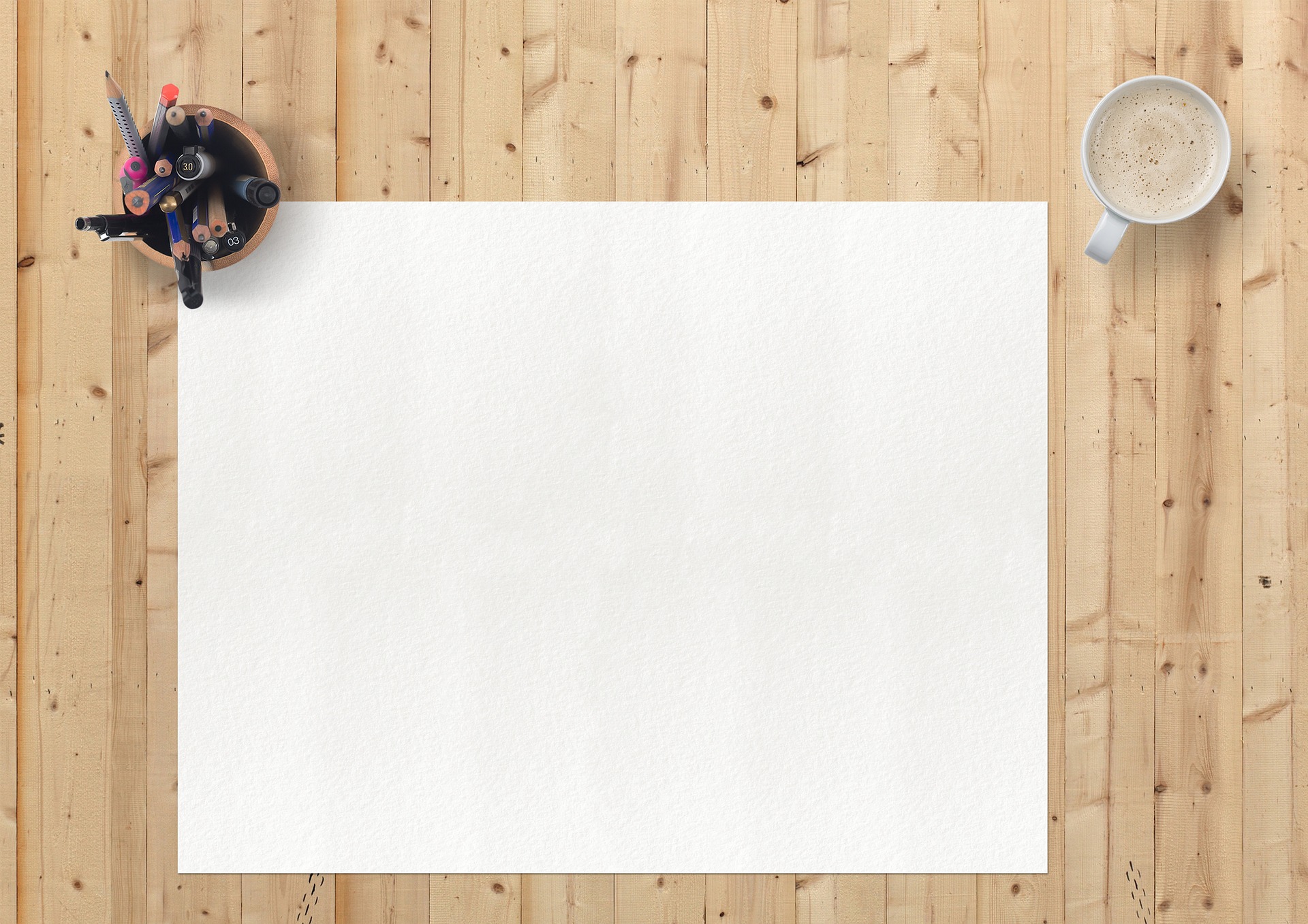The Benefits of Longhand Notetaking Versus Slide Annotations
By Carolina Kuepper-Tetzel
From own experience as a lecturer and sitting in student-staff-forum meetings where students report what is going well and what needs to be improved, I know that there is one topic that comes to haunt us in every meeting: Provision of lecture slides before the lecture. I cannot remember a single meeting (there are two meetings per semester) where this topic has not been tabled and I get it: When I think back of my time as a student, I also wanted to get the lectures slides before the lecture, so that I could print them out and make annotations during the lecture instead of relying on my slow and often difficult to generate longhand notetaking. A brand-new series of experiments by Coria and Higham (1)(2) looked into the differences between longhand notetaking and slide annotations on student performance and has revealed intriguing findings. This research is so new, it is not even published yet, but their findings were presented at the most recent Psychonomics meeting in Amsterdam in May and are extremely relevant for teaching and learning practice.
Image from Pixabay
In a first step, the researchers conducted a survey to gauge the student preferences in regard to lecture slides provision. They found that 87% of the 247 surveyed students would like to have the lecture slides available before the lecture. This is in line with my experience, too, and I think this is true in many other institutions. 59% of the students stated that they used the slides mainly to make additional annotations and 61% pointed out that they perceived lectures to be more difficult if they could not rely on the slides during the lecture. So, let me put this initial finding in different words: Students seem to prefer to have the slides in front of them because it allows them to make annotations which is easier and faster than relying on longhand notetaking, which in general makes the lecture easier to process.
If you are a careful reader of our blog and work, all your alarm bells should be going off right now. We know from other research in cognitive psychology that whenever learning feels easy and too fluent, we should carefully check if this is reflected in the performance later or whether this is only a short-term gain (think about massed practice versus spaced practice or testing versus rereading, just to give two examples). Thus, in order to achieve long-lasting maintenance of knowledge, it is important that studying comes with desirable difficulties and doesn’t feel too easy (3).
Using this framework together with the answers from the students, Coria and Higham designed a series of experiments that shed light on the learning benefits of the preferred notetaking strategy, annotating slides, compared to the more traditional notetaking strategy, longhand. Let’s take a closer look at two of their experiments and findings.
Experiment 1: Longhand versus Annotation versus Passive Viewing
In this experiment, participants viewed two natural sciences lectures and were either
a) given the slides as a printout to make annotations,
b) provided with a blank paper to make longhand notes, or
c) not supplied with any paper or material and just passively viewed the lecture.
Both lectures contained a number of facts as well as more conceptual information. One of the lectures was slow-paced whereas the other one was fast-paced because the researchers wanted to explore if this had an effect on the benefits of the different notetaking strategies. For example, it could be that there is an advantage for doing annotations when the lecture is fast-paced, but that longhand notes are better for slow-paced lectures. This is a valid prediction based on the desirable difficulties account, which states that the difficulties you introduce during learning should be present and pitched at the right level, but not make the intake of information an impossible task. Thus, it is likely that the right difficulty level depends on the material and the way it is presented. After viewing each of the lectures, participants were assessed on an immediate test and one week later on a delayed surprise test.
What did they find? Their key finding was that participants performed best in both tests when they took longhand notes during the lecture compared to the other two conditions. More intriguing, the group who just passively viewed the lecture performed as well as the group who were given the slides and made annotations. Whether the lecture was slow- or fast-paced did not change this result. Longhand notetaking was always more beneficial for long-term retention of knowledge than both annotated slides and passive viewing.
Image from Pixabay
Experiment 2: Different Notetaking Strategies and Notes Review Before Testing
It looks like notetaking using a blank sheet of paper and just going the old-fashioned way by producing notes by longhand during a lecture seems the way to go, but what about when it is time to revise the material? Do the findings revealed for notetaking during the lecture hold when students revise the material at later point in time before the test? Students often use the lecture slides for revising and in a follow-up experiment the researchers tested this question.
Again, students first viewed a science lecture and were in one of the three notetaking conditions, i.e., annotations, longhand, passive viewing. Eight weeks later they were called back to the lab and allowed to revise the material using the original lecture slides (without any notes on them). They were given as much time as they wanted to revise the material and afterwards were assessed on their knowledge.
In regard to performance on the test, there was no difference between the three notetaking conditions. However, and this is truly interesting, a difference in time spent revising was found: Participants who had taken notes by longhand on a blank sheet of paper during the lecture eight weeks before spent less time revising than participants who had annotated slides or who had just passively viewed the lecture. Thus, creating longhand notes seems to pay off in the long run resulting in less time needed to review previously-taught content. From a teacher’s perspective this could mean: Less time spent on reteaching previously-taught material. Sounds appealing, no?
Image from Pixabay
Outlook and Recommendations
The advantages of longhand notetaking are attributed to the deeper processing that are involved in generating them: Presented information needs to be properly processed and consolidated in one’s own words and put on paper. This presents a beneficial learning setup.
Although these findings sound extremely promising because they nicely align with maybe a natural hesitation that many lecturers and teachers have when it comes to providing their slides before the lecture, one should not jump to conclusions too quickly and start running a no-slides-before-lecture policy. There may be students who will not be able to perform well without the additional support of slide handouts during the lecture. For example, students who are not native speakers or students with dyslexia, may be completely doomed if they don’t get the additional scaffolding layer of having the slides in front of them. Thus, for them following a lecture without the slides to support their notes, could easily result in undesirable difficulties during learning. Something we want to avoid at all cost.
I personally provide partial lecture slides before my lectures where I leave out some details that students need to fill in during the lecture. My main motivation for this approach is to meet students half-way and because I insert questions in my slides that I don’t want them to see before. Going forward though, I will introduce my students to more effective notetaking strategies based on the findings presented here and in one of my previous posts and to slowly transition them to longhand notetaking in the long run.
References:
(1) Coria, K. A., & Higham, P. A. (in preparation). PowerPointLESS? Annotating lecture slide handouts is a less effective encoding strategy than longhand notetaking.
(2) Higham, P. A., & Coria, K. A. (2018). The power of the pen: The multiple learning benefits of longhand notetaking during lectures. Abstracts of the International Meeting of the Psychonomic Society. (p. 70). Amsterdam, The Netherlands: The Psychonomic Society.
(3) Bjork, R. A. (1994). Metamemory and memory considerations in the training of human beings. In J. Metcalfe and A. Shimamura (Eds.) Metacognition: Knowing about knowing (p. 85-205). Cambridge, MA: MIT Press.





